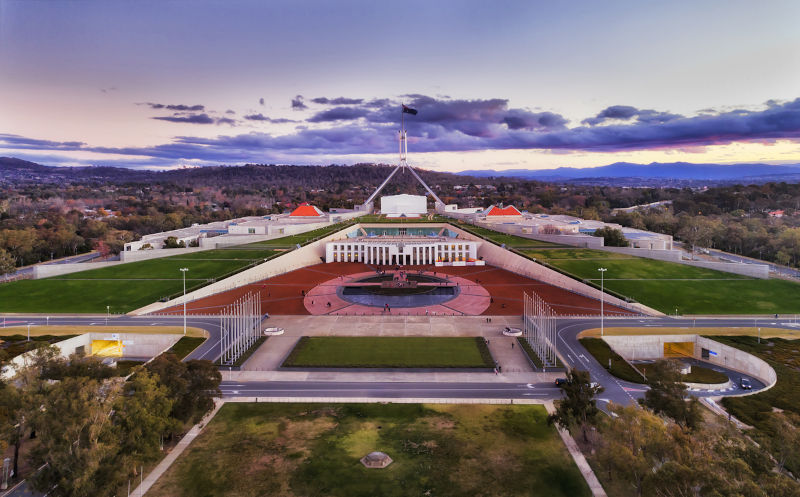The ALP can improve democratic representation
August 19, 2023
The need for major governance system change in Australia is becoming more obvious daily but this is not obvious to the party in power federally and in five states, the ALP. Therefore, it is useful to reflect on this so that more ALP members begin to encourage their politicians to act accordingly. A preparedness to act is sure to be welcomed by the voters. It would result in much more democratic representation and the end of poor policy making.
The recent by-election win for the LNP is likely to prolong the leadership of Peter Dutton as Opposition leader federally while the strong position of the ALP provides scope and opportunity to test the electorate’s desire to bring about electoral system changes. Thus far this is not happening. Instead, cautious reform and maintenance of two-party system’s cultural attitudes have persisted. This was recently well explained by author Tim Dunlop, who wrote a perceptive new book,Voices of Us (2023), about the TEAL Independents and the group’s forerunners. Commenting on the remarkable outcome of the 2022 federal election he wrote, there was something fundamentally wrong with the way our politics worked, and that mainstream political parties were a big part of the problem.
The underlying expectation by the ALP seemed to proceed from restoring and maintaining the two-party system in spite of the fact that six well educated women scored surprising victories in Single Member seats and the major parties each gained no more than about one third of the primary votes overall in the May 2022 federal election. Caution by party leader Anthony Albanese, prior to and after the election, was and is the dominant post-election strategy. Dunlop also demonstrates that the initial reaction by the ALP was to proceed as if the two-party system culture was not at all disturbed. Most of the stabilisers of the status quo were maintained and worked as usual, restored where necessary. The new Independent MPs were treated as outsiders of the system and their staffs, initially at least, reduced from four to one. Undoubtedly, the ALP had to contend with several major problems left by the appalling performance of the Morrison Government and proceeded to concentrate on restoring confidence in foreign affairs, wages, inflation and housing under quite challenging circumstances. Apart from the questionable AUKUS deal it did well. The Albanese team quickly gained additional support but the governance system itself was not questioned. With a National Conference in the offing, it seems timely to pose some very fundamental questions. The TEAL success very much suggests the end of the two-party system and the issue for the ALP is not to protect this system but to ask themselves what the party can do to 1. Anticipate further new demands about representation, 2. To improve the Australian system of Governance, and 3. To benefit as a party from initiating major changes.
In a recent Opinion piece in theSydney Morning Herald(13.7.2023) journalist Shaun Carney argues that the ALP has certainly made political capital in its first year but that it cannot be banked. It has to be used is his advice. Quite so. Given the disappointing performance of the LNP Coalition under Dutton and the lack of a convincing improvement by the LNP Opposition, the ALP has the task and opportunity to float new initiatives. It is quite possible that the TEAL will grow in numbers and both major parties will suffer further as a consequence. The ALP needs to prepare for a different electoral system in which it can be joined by the Greens and progressive Independents in Government. The idea that it should continue to govern “in its own right is in fact a two-party system value which no longer suits this multi-cultural society.
In the latter part of Dunlops new book the author clearly praises the Proportional Representation system and refers favourably to the outstanding work by the Dutch-American theorist Arend Lijphart who strongly recommended that the system for the US should also be proportional. Dunlop wrote:
I am saying that voting trends - and the 2022 election in particular - indicate that Australians were keen to break out of the two-party system, as expressed in our voting patterns, and reform the system so that it is more proportional (p. 180). He quotes Lijphart at some length. the beauty of PR is that, in addition to producing proportionality and minority representation, it treats all groups - ethnic, racial, religious, or even non-communal groups - in a completely equal and even-handed fashion. Why deviate from full PR at all?-. Why, indeed?, Dunlop concludes.

